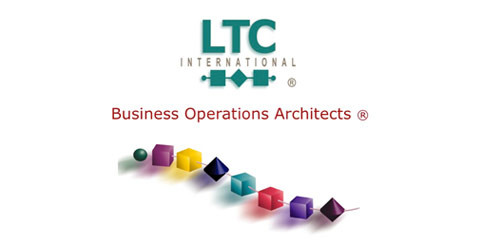
whereas the other bought the basic service that provides 10 megabits per second. Service providers typically design networks using a concept called over-subscription. Just because one customer bought 20 Mbps and the other bought 10 Mbps doesn’t mean the network will be designed to handle 30 Mbps. Like an airline company that always overbooks because it knows some passengers are going to cancel at the last minute or not show up, service providers know that not everyone is going to be using the Internet at the same moment. Usually, there is a ratio based on how much has been sold, say an 8-to-1 ratio. So the network is designed to handle 1/8 the capacity that has been sold.
|
|
Today’s performance management systems should be capable of working with hierarchical QoS as they track and record - in real time - latency, jitter and packet loss. |
|

But when hierarchical queues are introduced to a network, OSS systems not only have to discover these new queues, they have to discover the relationships between parent and child queues. These performance management systems must analyze and report on both the parent and child queues and allow network operators to navigate around and have the
|
|
|
|

Because of this infrastructure capacity, a further limit, an additional gate, is needed beyond the limits put on customers based upon their subscription. These additional limits are placed on how many resources can be allocated toward each type of network traffic: data, voice and video. This is what is meant by hierarchical QoS. The queues of each customer, in our example the 20 Mbps and the 10 Mbps, are going to be put together into a different queue, called a “data queue”, or a “nested queue.” There are limits placed on this nested queue. So each customer has their own queue with its own limits defined, but then the parent queue has another limit defined, which is an aggregate of everything. So while a packet may fall within the limit of a customer’s own queue, it may nevertheless get dropped by the parent queue because everybody in the neighborhood is watching the same Internet video, or the amount of traffic sent is more than the parent queue can handle for some other reason.
OSS Solutions Face Increasingly Complex Networks
Operating support systems (OSS) have been monitoring queues for a long time. It’s important for network operators to know how many packets show up in a queue, how many are processed, how many are forwarded, how many are dropped because the queue was full or could not be processed, and how many were buffered for a long time.
|
|

visibility to see these relationships. So, the growing number of hierarchical systems makes network monitoring much more complex. In addition, when a customer is not receiving the expected quality of experience, you have multiple queues to troubleshoot. Was it in a customer’s dedicated queue where a packet was dropped, or in an aggregated parent queue?
OSS systems are evolving to meet the challenges of growing network complexity. Having the right OSS system is critical to managing the end-user experience. Today’s performance management systems should be capable of working with hierarchical QoS as they track and record - in real time - latency, jitter and packet loss.
Ultimately, for the best management of end-user experience, performance management solutions should be proactive in monitoring network and application efficiency in real time. These solutions should detect potential problems before they happen to reduce, or entirely eliminate, negative impacts on end-users. This proactive approach to service management is essential to meeting and exceeding customer expectations. Customers will be drawn to a truly reliable service, which means less customer churn and faster return on infrastructure investment—and that is good business.
|
|





